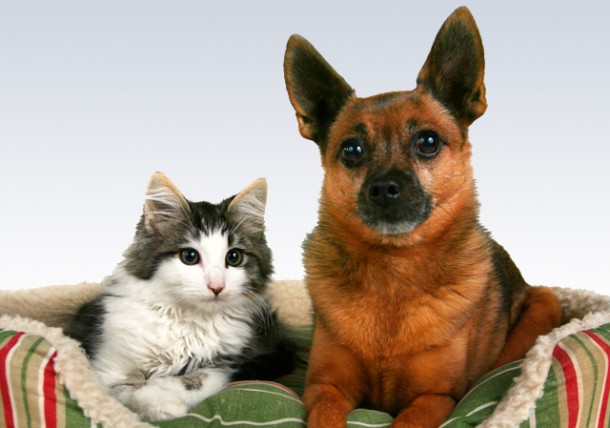Dog Text Message Dog Ball Sack Funny
Lumps and Bumps on Pets: Is it Serious?

Lumps and bumps cause a lot of questions to arise. "How big is too big?" "Is this serious?" "Should I have it removed now or watch it?" These are all very common questions that veterinarians hear from their clients regarding growths. There is not a perfect answer for all lumps and bumps, but some should be addressed sooner rather than later.
- Fast-growing bumps: If you notice a growth on your pet that is getting bigger over a month or certainly if it is growing more quickly than this, you should consider removal of the growth. Smaller growths are easier to remove, especially in certain areas such as the head, face and legs, where there may not be a lot of extra skin left to close the opening after the growth is removed.
- Painful lumps: If the lump itself is painful when you touch it or is in a painful area when the pet moves such as in its armpit or groin, you should consider having it examined by your veterinarian.
- Discharge from the lump or discoloration of the skin: These lumps need to be evaluated quickly; an infection may be present. If your family veterinarian is closed, seek an evaluation at your local veterinary emergency clinic.
- Bumps that grow and then shrink again: These bumps may be a type of tumor called a mast cell tumor that contains granules of histamine. As histamine is released, they will swell, and as the release subsides, they will shrink again. These bumps can be itchy. Do not scratch, poke or squeeze these bumps; doing do can cause more release of histamine, and while not common, a severe allergic reaction can result. These bumps should be removed surgically, ideally when they are small.
- Several lumps/bumps that increase in size within a few minutes: This may be an allergic reaction, and you should seek immediate veterinary care.
Causes for Lumps and Bumps
There are many causes for lumps and bumps on your pet. Some common causes include fat, tumors (benign and malignantVery virulent or infectious.), cysts, infection (abscess), allergic reactions and swelling from injury or hernia. A hernia occurs when one tissue or organ protrudes through another into an abnormal place on the body, often causing a lump or bump. It is important to recognize that, with the exception of allergic reactions and abscesses, your veterinarian is unable to know what type of lump is growing just from feeling it alone. Many lumps, both serious and less serious ones, can feel and look identical.
Treating and Diagnosing Lumps and Bumps in Pets
Your veterinarian, however, does have several options to determine if the lump is one that should be dealt with quickly or one that is unlikely to cause a problem.
- Cytology: This is a test that can be completed many times in your veterinary clinic and usually does not require sedation. To complete this test, your veterinarian will aspirate (poke) the lump several times with a small needle and look at the sample under a microscope. If a second opinion is needed, the slide can be sent to the lab for review by a veterinary pathologist.
- Mapping: Your veterinarian will measure the size and monitor growth. If it is rapidly growing, a next step may be recommended. Local biopsyAn examination of tissue removed from a living body to discover the presence, cause, or extent of a disease. (also called punch or incisional biopsy): This test also can be completed in your veterinary clinic but usually requires sedationThe administering of a sedative drug to produce a state of calm or sleep. and pain medication. A small sample will be taken surgically and sutures placed over the site. The sample will be submitted to an outside laboratory for evaluation by a veterinary pathologist. The results can take three to seven days, but oftentimes the results are superior to results from cytology alone.
- Full surgical excision: Your veterinarian will completely anesthetize your pet and remove the entire growth. Ideally, the entire growth needs to be submitted to a pathologist to identify the type of growth and whether it was able to be completely removed.
Any lump or bump, new or old, big or small, should always be evaluated by your veterinarian. It is sometimes helpful before your appointment to color the lump with a marker or draw a circle around it, especially if the lump is hard to find or your dog is very hairy. Even if your veterinarian evaluates the lump and determines it to be a benignNot harmful in effect: in particular, (of a tumor) not malignant. growth, it is a good habit to periodically check the size. Even benign or fatty growths can slowly grow and ultimately need to be removed so they don't become troublesome to your pet.
Source: https://www.texvetpets.org/article/lumps-bumps-when-is-it-serious/
0 Response to "Dog Text Message Dog Ball Sack Funny"
Post a Comment